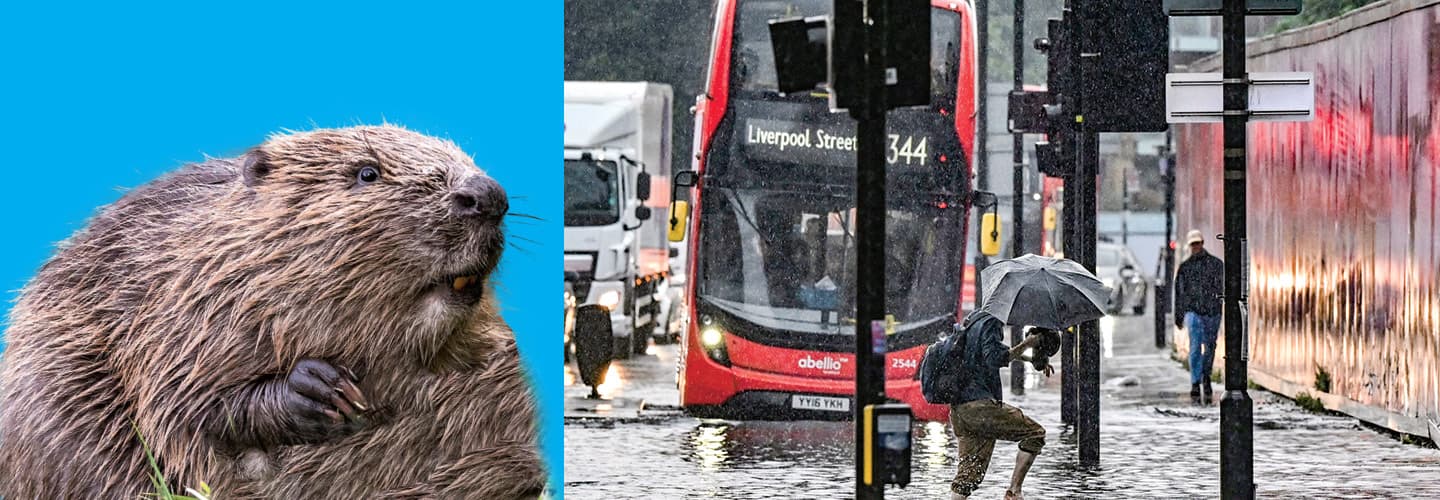Beavers were hunted to extinction in the United Kingdom more than 400 years ago, but now, they’ve been brought back. Local authorities released two beavers, one male and one female, to a woodland enclosure on the outskirts of London earlier this year. Beavers are natural engineers, and the hope is that the dams these two build will help restore wildlife habitats and reduce the risk of flash floods. Although London has long been known for its rain, the flooding has become so drastic in recent years that officials worry about people drowning. But these beavers—and their future offspring—could help turn things around, as one study found that beaver dams can reduce flooding by up to 60 percent. Officials plan to release more beavers, and they’re also working on other proposals to “rewild” London, including creating new nature preserves and animal habitats. “Our plan,” says Ben Goldsmith of the Department for Environment, Food, and Rural Affairs, “is to weave wild nature back through the very fabric of our city.”

Flooding in London is worsening, but beavers might be able to help. imageBroker/Alamy Stock Photo (beaver); Justin Tallis/AFP via Getty Images (London)
Text-to-Speech
